Remote Onboarding Boom Being Secured By Multifactor Authentication
PYMNTS
NOVEMBER 27, 2020
Overtaxing the royal attention span — that of the consumer — is a mistake, so multifactor authentication (MFA) processes are morphing in various ways to reduce onboarding frictions while maintaining rigorous multifactor authentication (MFA) and other fraud-fighting tools. Taking Authentication To The Streets.




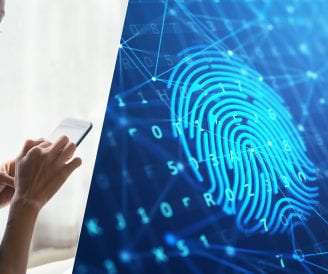

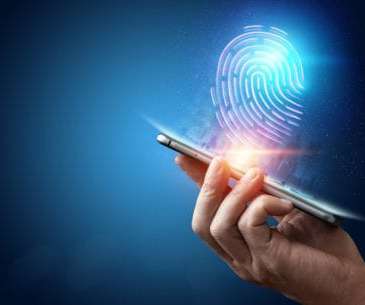


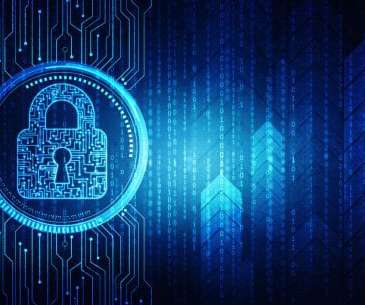
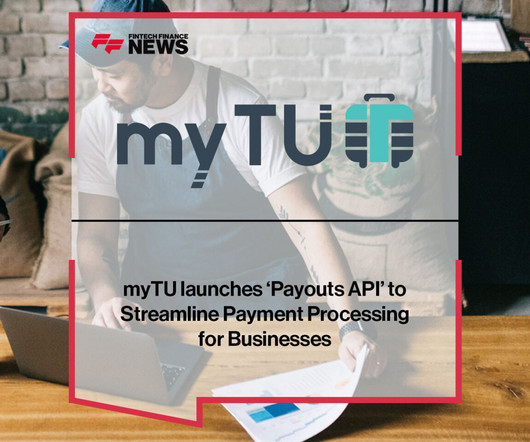
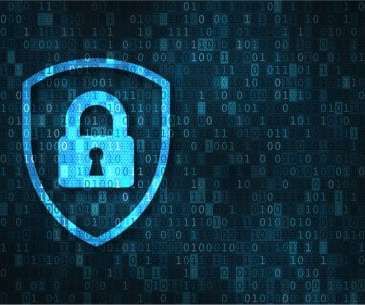






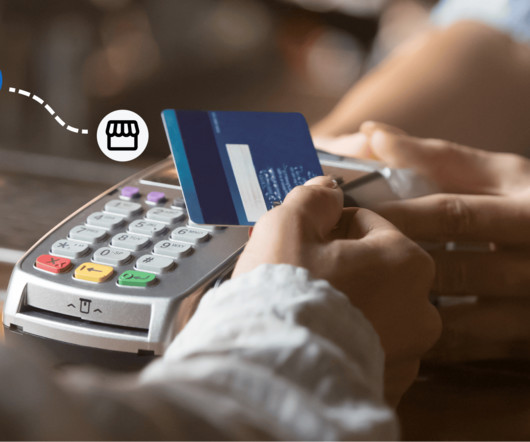







Let's personalize your content